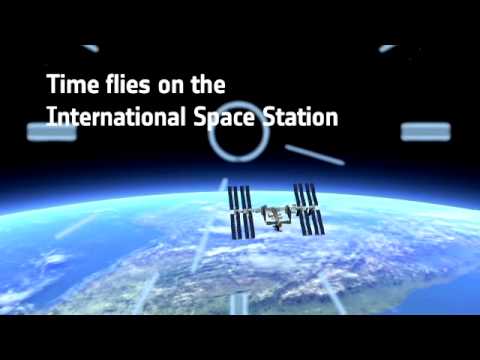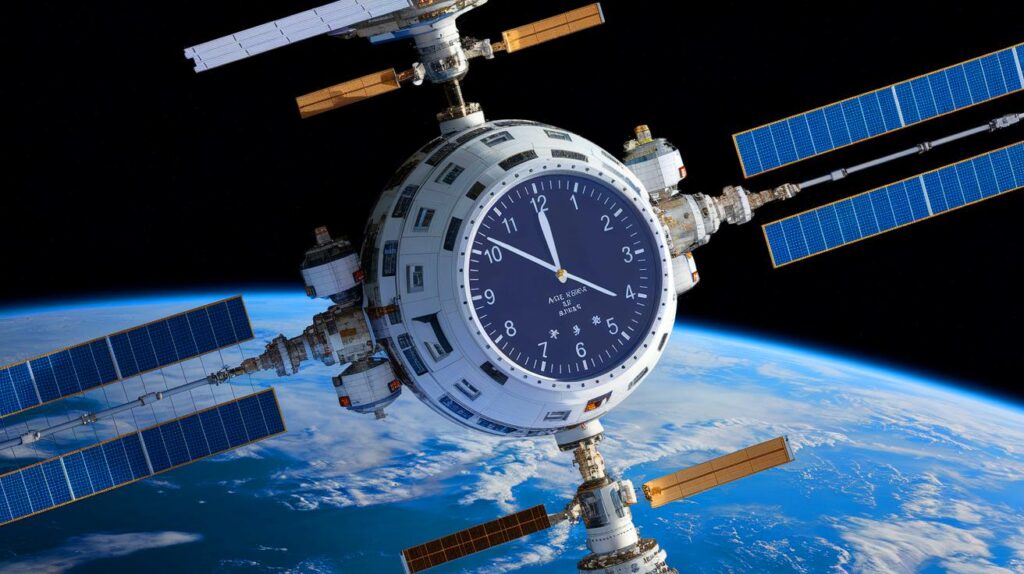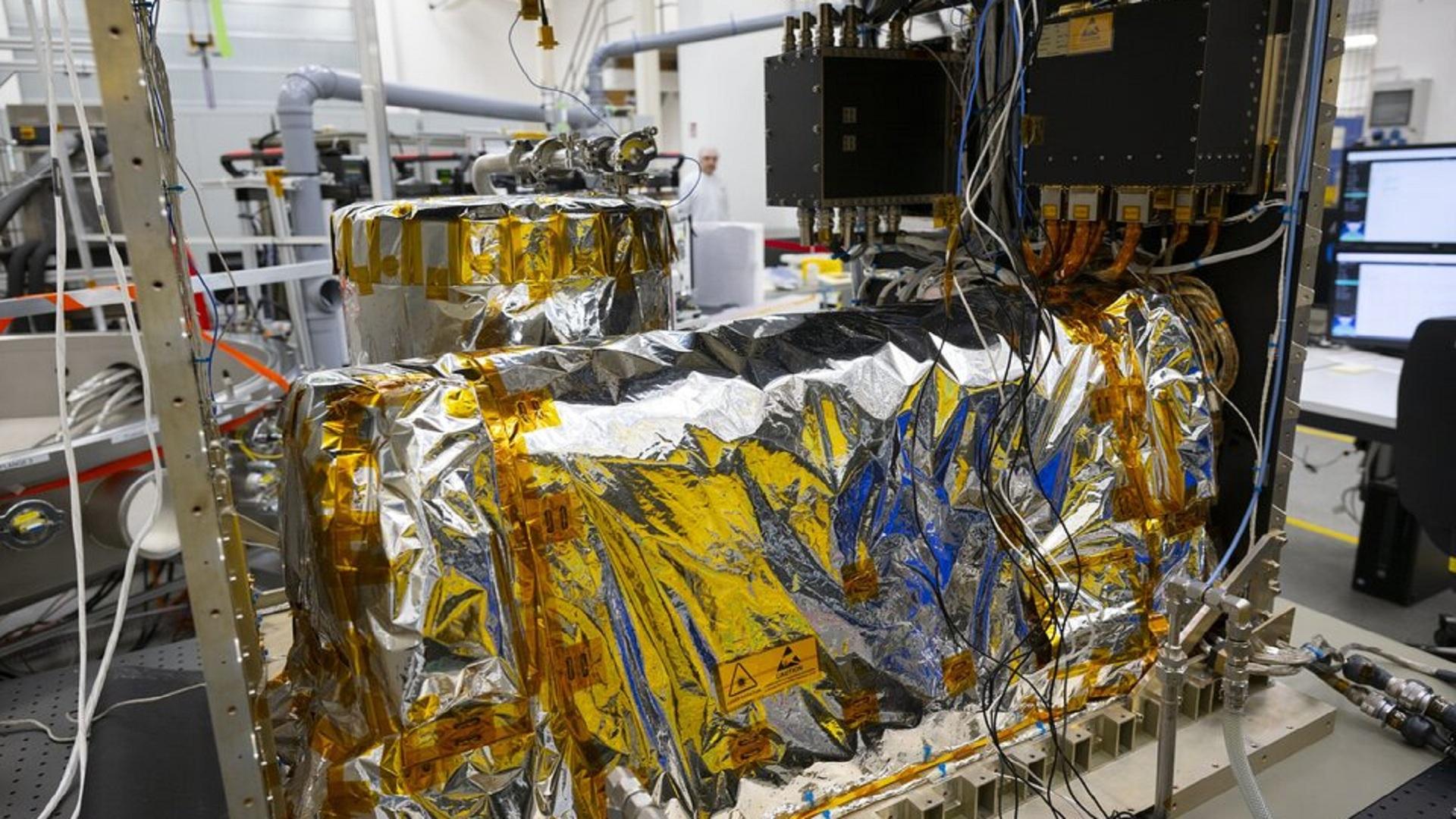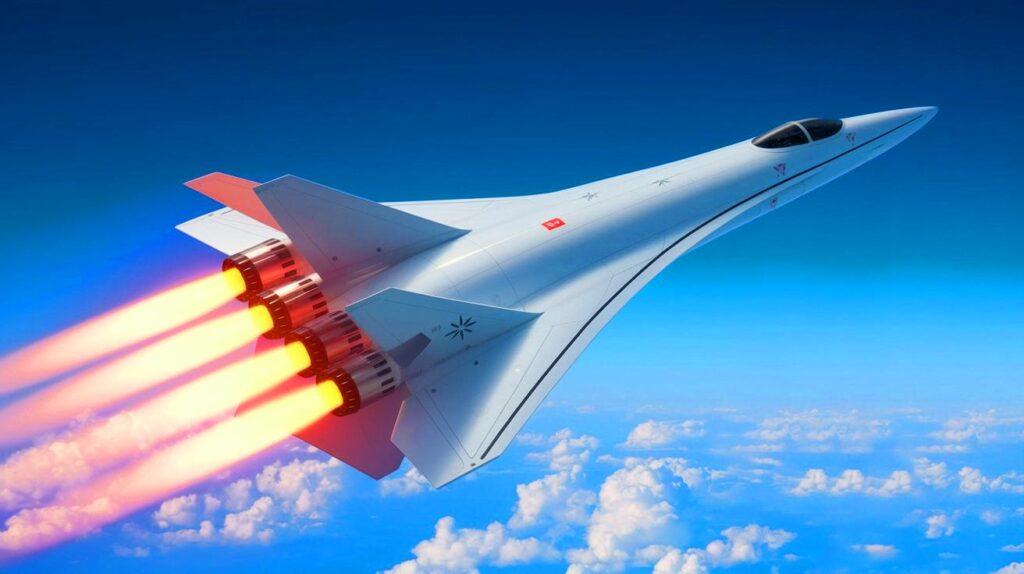| IN BRIEF |
|
The intricacies and accuracy of time measurement have long fascinated scientists. With the launch of the Atomic Clock Ensemble in Space (ACES) by the European Space Agency (ESA) aboard the International Space Station (ISS), a new era of space timing is unfolding. This ambitious project aims to test Einstein’s theories of relativity with unparalleled precision by observing how time bends, slows down, and stretches under various cosmic conditions. The findings could not only validate existing theories but also unveil new insights into the nature of time.
Unprecedented Precision in Space
ACES is a groundbreaking project that promises to transform our understanding of time. Over the next 30 months, ACES will collect extremely precise data during observation windows of about 25 days each. These measurements will be compared to terrestrial atomic clocks, providing a unique opportunity to detect the tiniest temporal shifts. Optical clocks, the undisputed leaders in precision, measure time to a few parts in a billion trillion. While ACES may not reach that level, its instruments are nonetheless at the forefront of technology. This advancement will allow testing of time dilation like never before, and could even explore some ranges of dark matter mass.
Clocks That Challenge Physics
At the core of this mission are two advanced atomic clocks: PHARAO and SHM. PHARAO, a cesium clock, is designed to operate in microgravity, while the space hydrogen maser (SHM) utilizes microwaves for extraordinary timekeeping stability. Together, these clocks are so precise that they would lose only a second over 300 million years. This ultra-sensitive system is mounted outside the Columbus module of the ISS, requiring meticulous coordination to avoid magnetic interference and other disturbances. Engineers had to demonstrate ingenuity to overcome these technical challenges, ensuring that every component is protected and optimized for this demanding environment.
Implications for Science and Technology
The clock network established by ACES offers unprecedented opportunities for fundamental physics research, applications in geodesy, and maintaining global time. According to Luigi Cacciapuoti, a scientist on the ACES project, this initiative addresses an urgent need in the scientific community and could play a key role in redefining the SI second in terms of optical standards. This potential redefinition would transform our time measurement system, impacting everything from global communications to satellite navigation. Advances made through ACES could also shed light on our understanding of Earth’s internal structure and the fundamental forces of the universe.
Toward New Frontiers of Knowledge

The quest to measure time with unparalleled precision opens the door to unexpected discoveries. By validating or challenging Einstein’s theories of relativity, ACES could reveal cracks in our current understanding of time. These discoveries could redefine our perception of the cosmos and its fundamental laws. The success of this mission relies on the collaboration of scientists worldwide, uniting their efforts to explore the mysteries of the universe. The potential impact of this research transcends the scientific realm, influencing technology, philosophy, and how we view our place in the universe.
As ACES continues its mission in pursuit of ultimate precision, one question remains: what new truths about time and space will these celestial clocks reveal?








